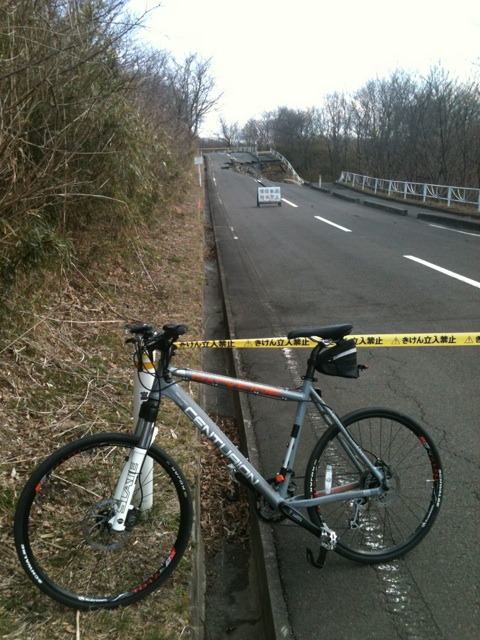After the Earthquake [Essay]
1 Apr
On Friday afternoon, I was checking Facebook updates when one of my FB friends in Osaka posted that he’d just experienced a big earthquake. I felt nothing here, in Tokushima, on the island of Shikoku. Some others in Tokyo and farther north posted about the tremors as well – the biggest earthquake they’d ever experienced!
An hour or so later, when I went to pick up my daughter from school, the principal came out to my car. I thought he was just coming over to say “hello,” but there was a look of urgency about him. “Hurry home,” he told me. “There’s a tsunami warning!”
“Really?” I raised my eyebrows. “I heard about the earthquake, but…”
“Houses have been washed away,” my daughter’s teacher told me.
I know that tsunamis travel far. Even after the recent earthquake in Chile, a tsunami warning was issued here, but at that time the wave was only a foot or two high. Still I was a litte bit concerned because we live near the river, and to get home, I usually drive along a riverside road that tends to flood during typhoons. So even if the wave was only a meter high, we might get stuck in water.
I picked up my son and took him to baseball practice as usual. Meanwhile, sirens sounded along the river, warning people away from the water. It was sunny here. The sky was blue. It seemed like a day where nothing bad could happen anywhere, yet when I turned on the television I saw what had occurred in Tokyo and its environs. Buildings swayed. In a tony department store, a chandelier swung precariously, while workers huddled against the wall, and a foreign couple embraced, perhaps expecting the worst. Fissures snaked through Yokohama. The famous tourist attraction Tokyo Tower bent at the top. Everywhere, books fell from shelves, dishes crashed to the floor, smoke from fires bloomed across the city.
Amazingly, although the earthquake was the largest ever recorded in Japan, Tokyo and Yokohama appear to be largely intact. Fewer than 30 people died from the earthquakes Friday afternoon.
However, shortly after the earth shook, waves swallowed towns all across the northwest coast. The images have been breathtaking. Heart-breaking. Speech-stealing. Houses carried away like paper boats. Real boats smashed into houses. A ferry on top of a two-story building. Rescue workers carrying the corpses of some of the hundreds who drowned. Lives and livelihoods wiped out with one great lick of a wave. Now, entire towns are nothing but piles of debris. Thousands of people are camped out in school gymnasiums. Some people are still waiting on roofs, while the snow swirls around then.
Here in Tokushima, the tsunami could be measured in inches. It was nothing. It’s over. We’re safe.
But for others, the loss is immeasurable. I grieve for them.
This post originally appeared on Suzanne’s personal blog
Contributed by: Suzanne Kamata
Author of Losing Kei (Leapfrog Press, 2008)
Editor of Love You to Pieces: Creative Writers on Raising a Child with Special Needs (Beacon Press, May 2008)
and Call Me Okaasan: Adventures in Multicultural Mothering (Wyatt-Mackenzie Publishing, 2009)





Recent Comments